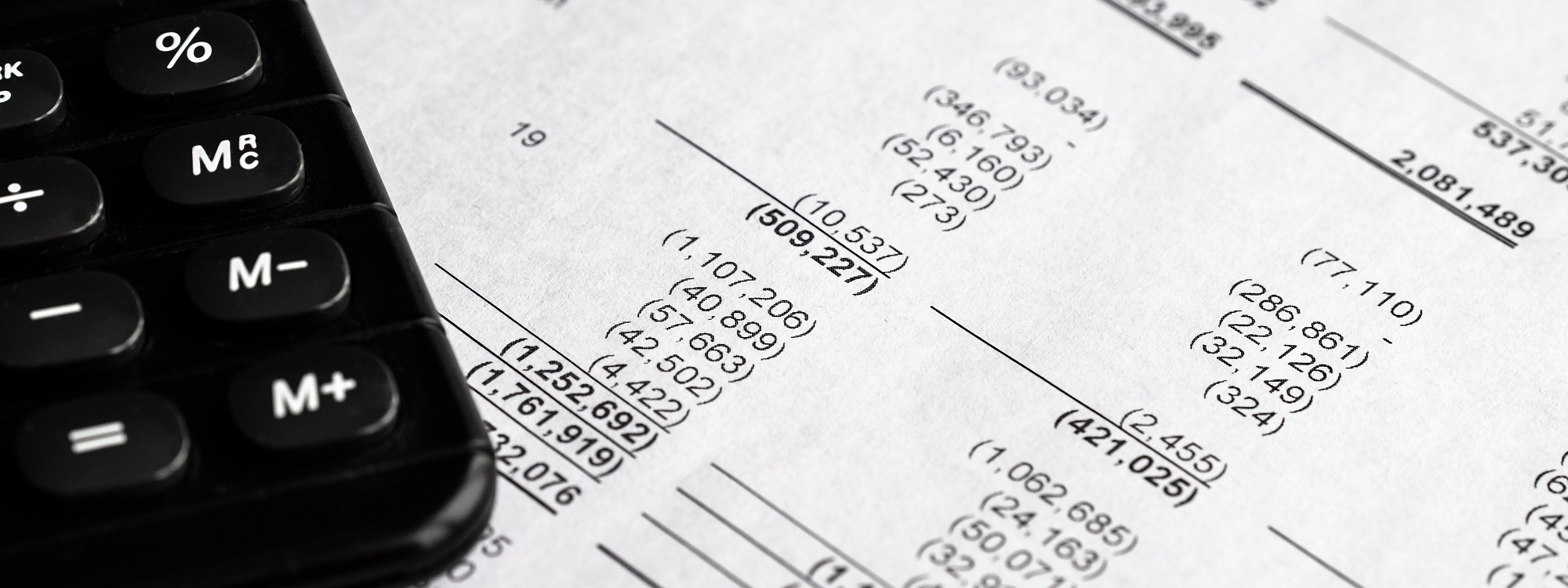EBITDA or the shorter, EBIT or EBT, is a financial reporting term which identifies the profit generated from trading activities of an organisation. However, it is fundamentally different to Net Profit which states the profit left after all costs have been applied. The acronym in full is Earnings Before Interest, Taxation, Depreciation and Amortisation and whilst historically used within larger corporations, is now a relatively common reporting metric in management accounts for SMEs. In particular the system of measurement is increasingly used in organisations that have large asset bases, or those that invest money into R&D against which the returns may not be immediate e.g., software or pharmaceuticals.
Here, we break down the aspects of EBITDA to explain how the formula is calculated
Earnings
Whilst this may sound like it refers to the income of the business it does not. Earnings for the purposes of EBIT is the profit, the money left after cost of sales and certain overheads have been applied. However, it does not consider all costs as the remainder of the metric explains:
Before
Before relates to the fact that EBITDA considers the profit figure prior to certain costs being applied. That is because these costs are deemed to not be wholly related to that period’s trading activities and as noted below may be out of the control of the business.
Interest
Any interest earned by the business is classed as additional income and is not directly attributable to the trading activities of the business. For instance, bank or loan interest is a by-product of cash reserves and whilst those reserves may be derived from successful trading, interest is not a product or service of the business. However, as well as ignoring interest received, the metric also discounts interest paid on loans because the loans form part of the balance sheet reporting not Profit and Loss.
Taxation
Similar to interest, by removing taxation from the calculation, you are eliminating a variable typically not within the company’s control. One of the key reasons EBITDA is used by companies is so they can show like-for-like reporting across multiple territories which may be subject to disparate tax rules.
Depreciation
Any capital spent on fixtures, fittings, plant and machinery is usually treated as an asset of the business i.e., something that retains some value and could, in theory be sold, returning capital to the business. Most assets, however, will decrease in value over time. This reduction in value is called depreciation and most businesses will have rules which determine the speed of that reduction, normally in % terms, until the asset’s value is zero. Because this depreciation has no bearing on the trading activities of the business, EBITDA excludes these costs from the profit calculation.
Amortisation
This refers to costs associated with development of intellectual property, whereby any return (revenue) on the investment will come in future years. For instance, this may be software development or the creation of a new drug.
Using EBITDA for reporting
As you can see the variants of EBIT/EBITDA can have practical applications and in particular it provides an even playing field for reporting in international companies. Since its inception in the 70’s, the metric has come in for criticism because it is deemed to not give a true picture of the actual capital costs and expenditure. Notably the failure of some high profile businesses was blamed on their use of EBITDA reporting because it obscured the fact that they had borrowed heavily or were experiencing rising capital and development costs. In the USA, EBITDA does not feature in Generally Accepted Accounting Principles (GAAP) reporting, which has seen its use reduce for regulated and publicly traded companies. Despite this, EBIT figures regularly feature elsewhere in the calculation of business’ value when subject to acquisition – again because it removes localised variables, focussing on true value.
